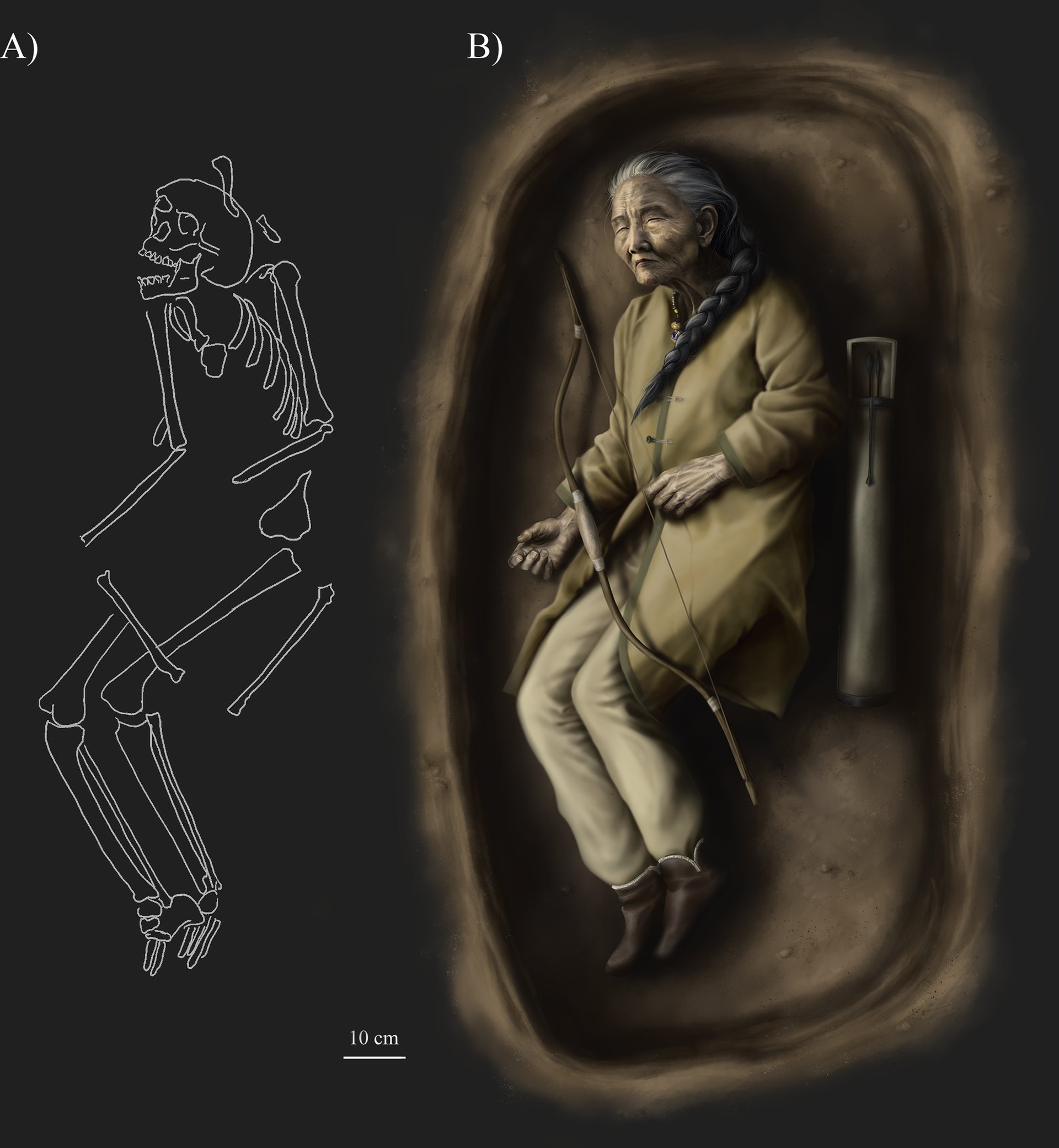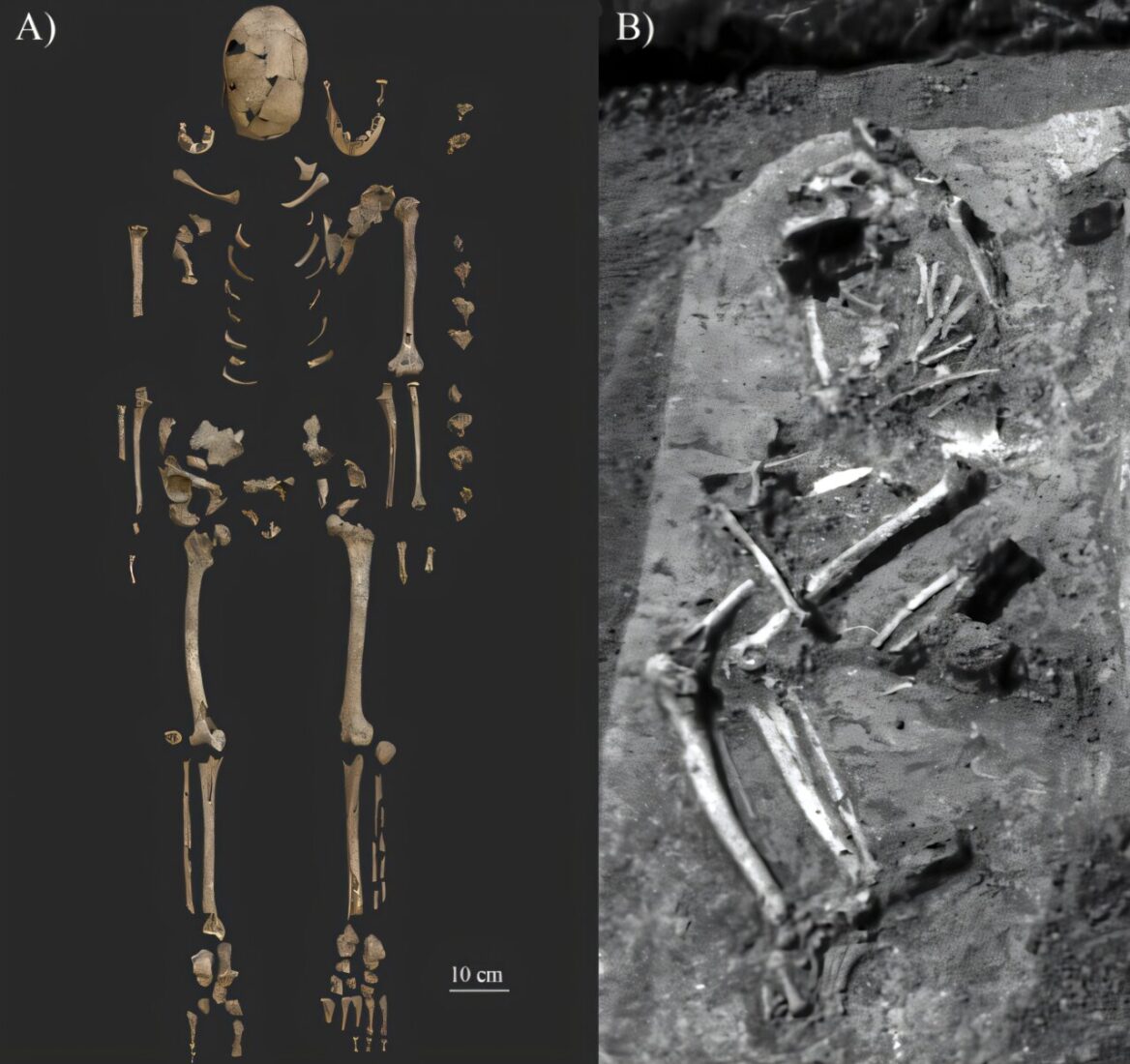
A study led by Balazs Tihanyi and his team, published in PLOS ONE, has revealed the first-known burial of a female with weapons in the 10th-century Carpathian Basin, Hungary.
The discovery, made in the Sarretudvari–Hizofold cemetery, provides new insights into medieval life and challenges long-held assumptions about gender roles during the Hungarian Conquest period.
The presence of weapons in female burial sites has sparked widespread academic debate. Historically, scholars have grappled with whether such findings indicate the buried individual was a warrior.
Interpreting these sites requires cautious analysis, as merely uncovering weapons does not confirm the individual’s warrior status.
According to Tihanyi, "The interpretation of such burials demands multiple lines of evidence, including morphological and genetic analyses, to ensure accuracy.
Previous studies often drew premature conclusions without robust scientific backing."

The Sarretudvari–Hizofold cemetery, Hungary’s largest 10th-century burial ground, was a hub for interments during the Hungarian Conquest period. It featured numerous graves with weapons and horse-riding equipment. Grave No. 63, designated SH-63, stood out due to its inventory. Unlike other burials that showcased clear male or female-associated artifacts, SH-63 displayed a mix of both.
The grave contained:
Researchers faced significant obstacles because of the poor preservation of SH-63’s remains. Nevertheless, genetic analysis confirmed the individual was female.
Morphological analysis, although limited by the skeleton’s condition, revealed signs of osteoporosis—a condition more common in older women—further supporting the gender determination.

The study explored whether SH-63 was a warrior. The skeletal remains showed evidence of:
These findings align with activity patterns observed in other graves containing weapons or horse-riding equipment. While the evidence does not conclusively prove she was a warrior, it indicates SH-63 engaged in activities associated with mounted archers or other active roles.
Tihanyi emphasizes that SH-63’s burial offers a window into the complexities of 10th-century Hungarian society. "The unique combination of features in her grave underscores the intricacies of daily life during this period," he notes.
Further research comparing SH-63 with other graves in the cemetery may shed light on whether her interment reflects a broader societal phenomenon or an isolated case. As the first female burial with weapons identified in the Carpathian Basin, SH-63 challenges traditional narratives and highlights the need for nuanced interpretations of archaeological finds.
The discovery invites deeper investigation into the social structures, gender roles, and daily activities of medieval Hungary. Could SH-63’s grave represent a shift in societal norms, or is it a singular anomaly? Tihanyi and his team are committed to unraveling these mysteries, paving the way for a more comprehensive understanding of this pivotal historical era.